
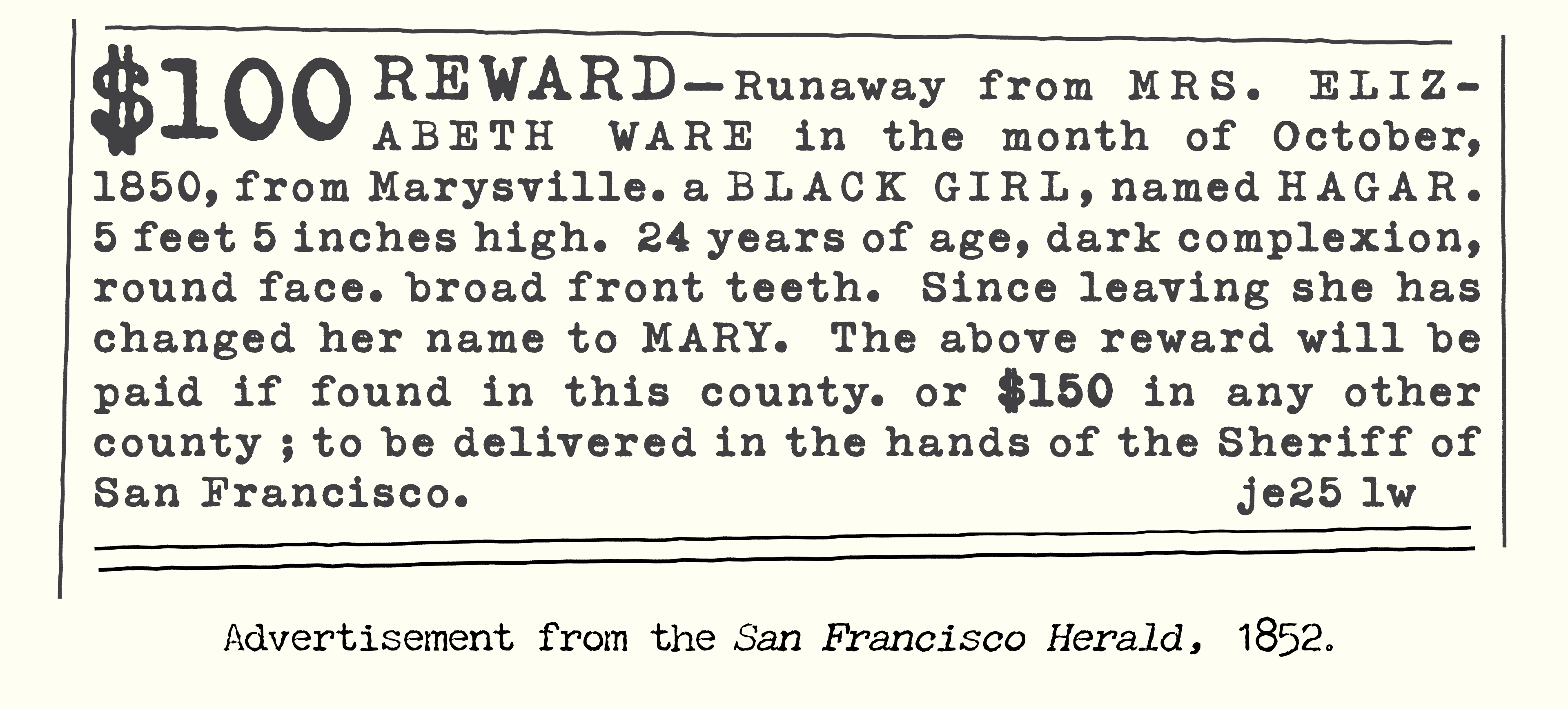
California enslaved Black people. Now a historic panel is calling on the state to pay reparations to descendants of enslaved African Americans for generations of government-sanctioned discrimination that deprived them of the opportunity to build wealth.

California enslaved Black people. Now a historic panel is calling on the state to pay reparations to descendants of enslaved African Americans for generations of government-sanctioned discrimination...
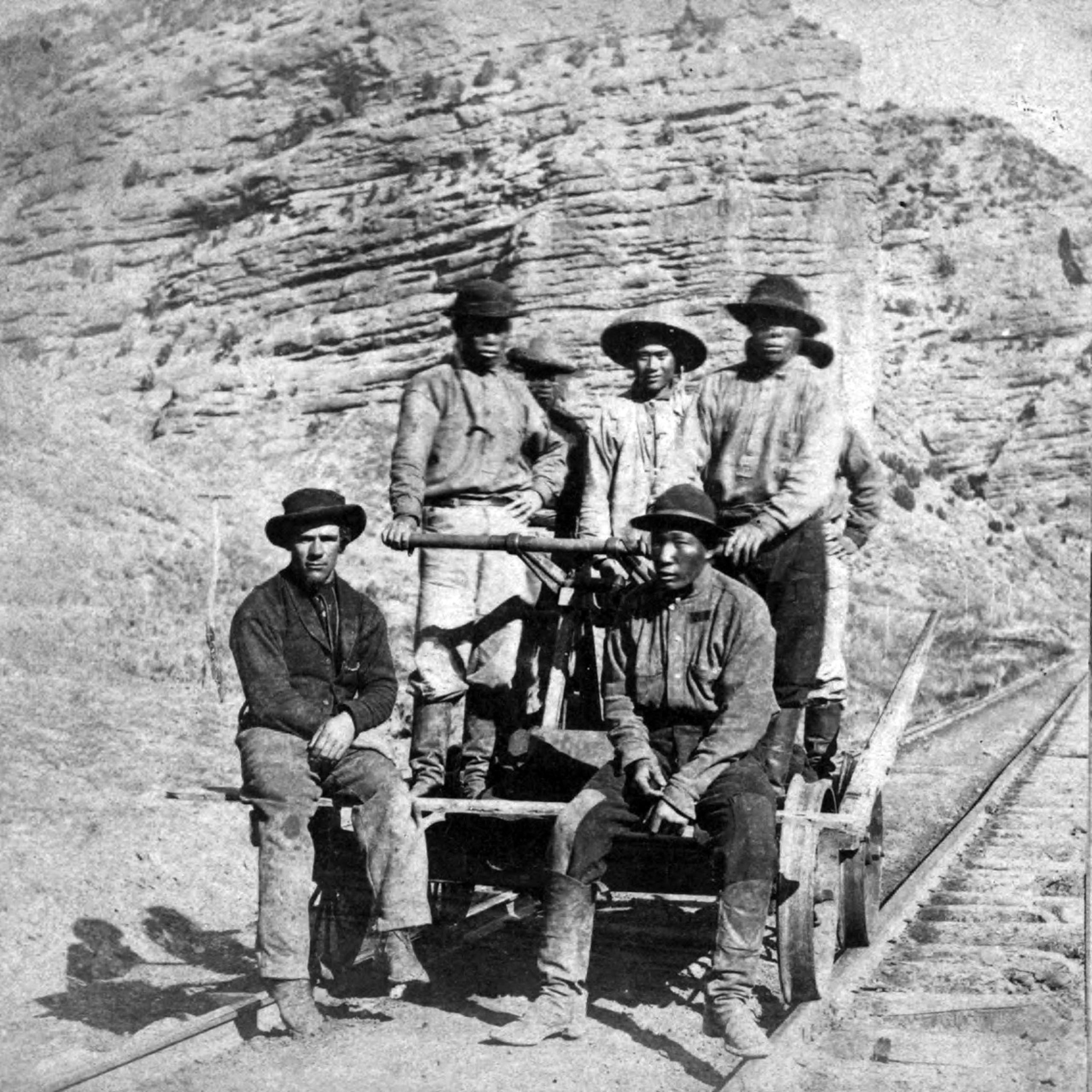
As the nation watches, California takes the historic step to investigate the state’s complicity in the enslavement of Black people. On June 29, 2023 a state task force released their historic 1100-page report.
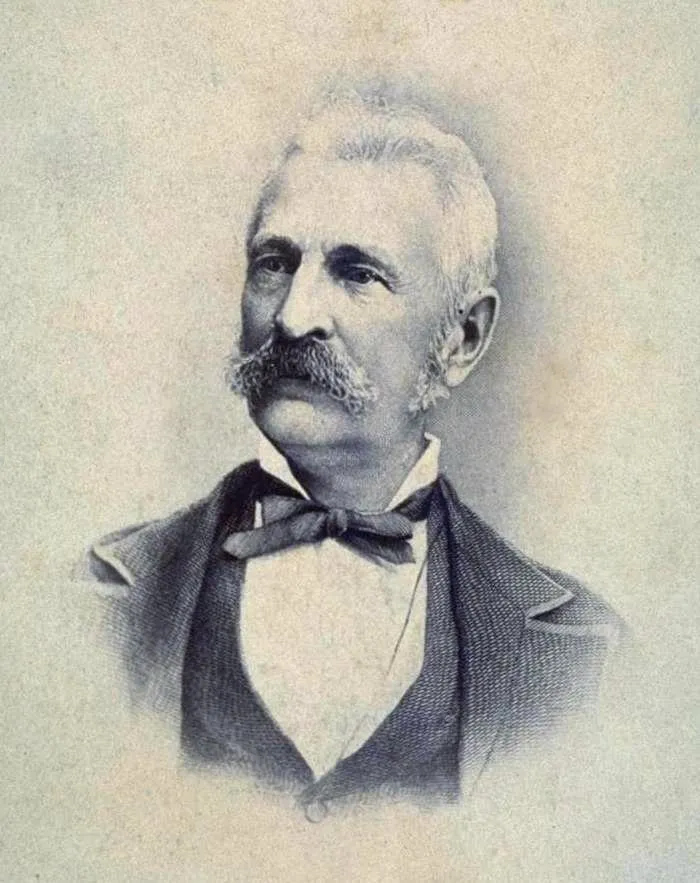
In November 2021, the governing board of the formerly named UC Hastings College of the Law in San Francisco unanimously voted to remove “Hastings” from the college’s name, in recognition of the ugly history of its namesake.
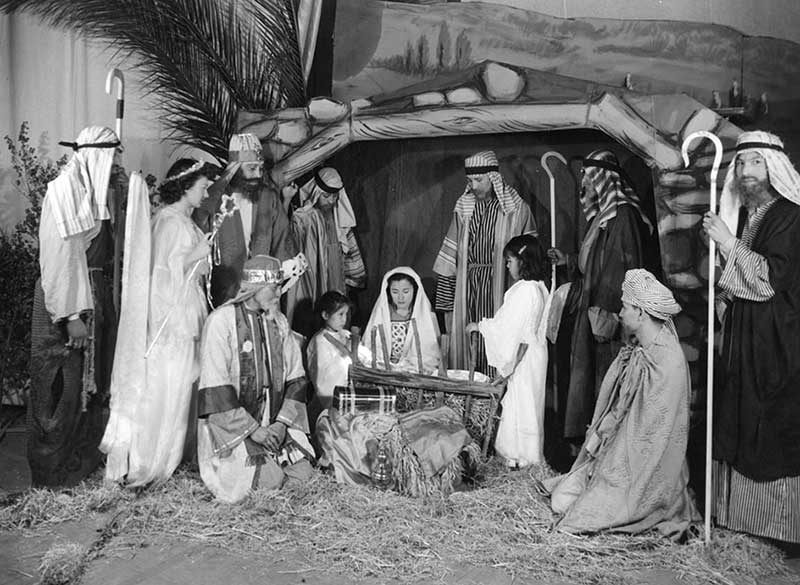
California Gov. Gavin Newsom formally apologizes to Native tribes for the state-sanctioned atrocities committed against them. He establishes the California Truth and Healing Council...
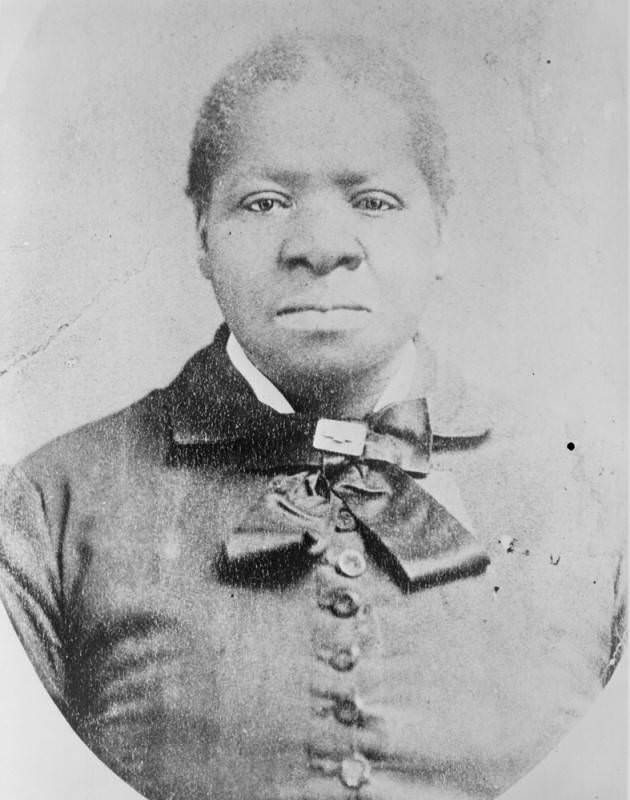
Bridget “Biddy” Mason was brought as a slave to California. When she learned of her legal rights, she sued for freedom for herself and her family and won, in what became a landmark court case.
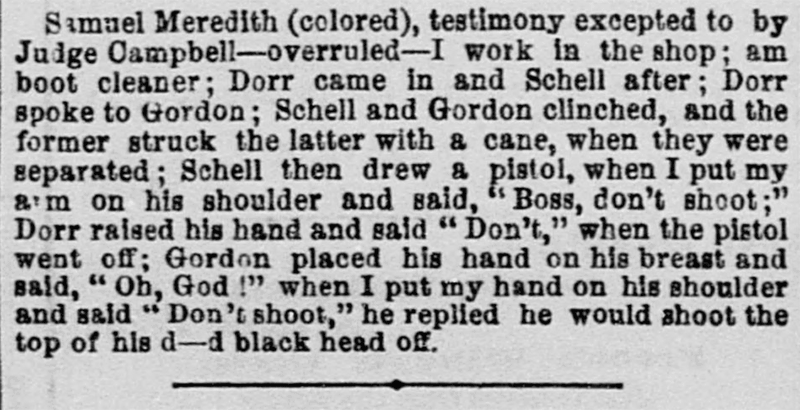
George Gordon, a black barber was shot to death by a white man in full view of witnesses in his San Francisco shop. A judge refused to allow the testimony of blacks because of their race. The killer got a lighter sentence as a result.

Mary Ellen Pleasant was a self-made millionaire and leading abolitionist based in San Francisco during the Gold-Rush era.
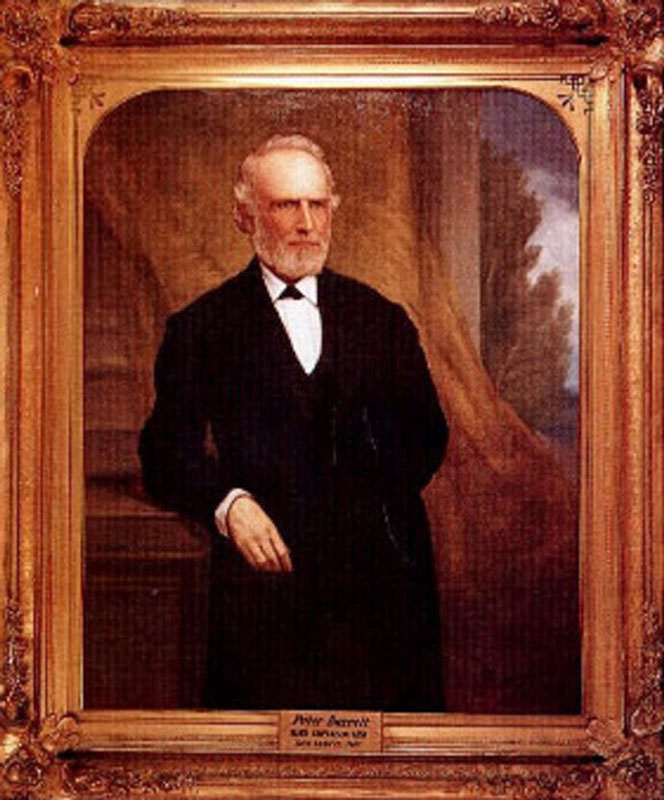
The first elected governor of California, Peter Hardeman Burnett, advocated for the genocide of Native people and tried to ban blacks from the state.

Today it’s the site of a federal courthouse in Los Angeles. But in the mid-19th century, a stretch of Main Street in downtown Los Angeles was a flourishing slave market.
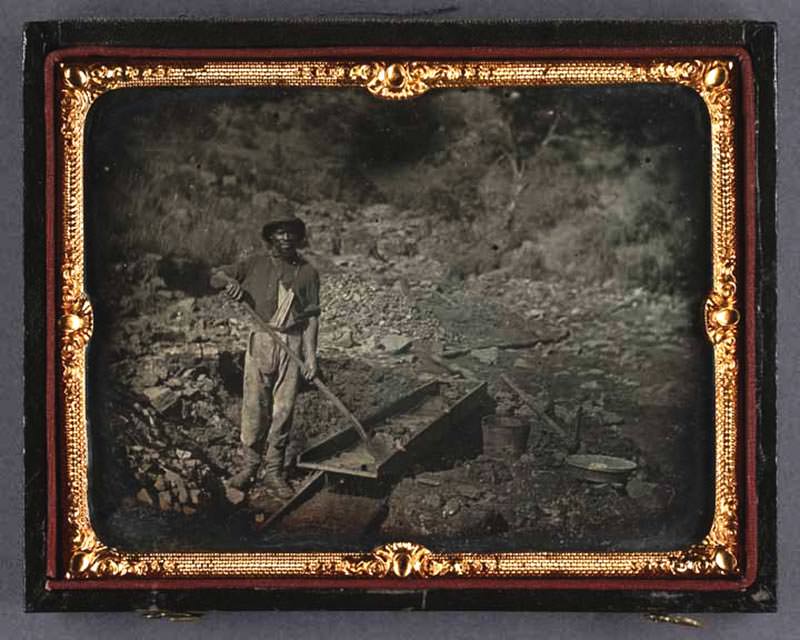
In the first test of California’s Fugitive Slave Law, three formerly enslaved black men who had built a lucrative mining supply business were stripped of their freedom and deported back to Mississippi.
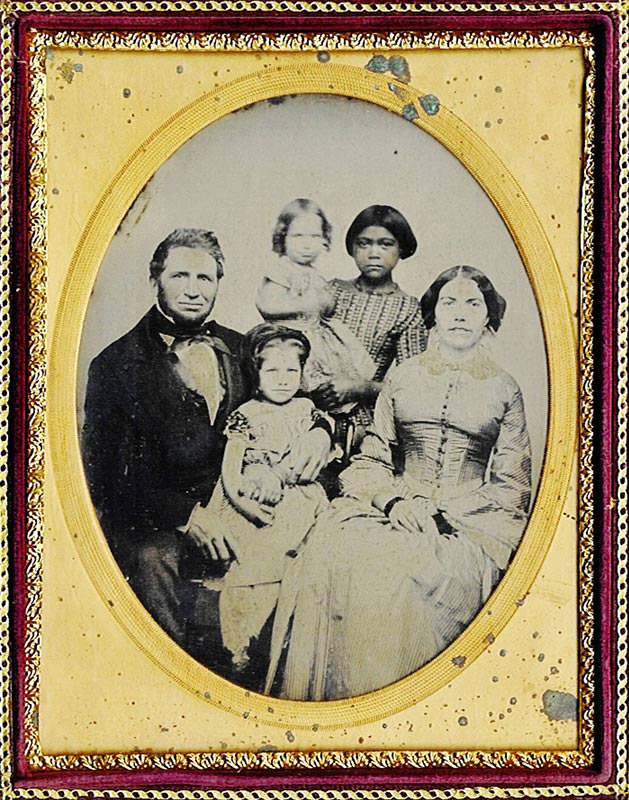
Looking to satisfy demands for cheap household labor, California passed a law that encouraged the kidnapping of Native Children.
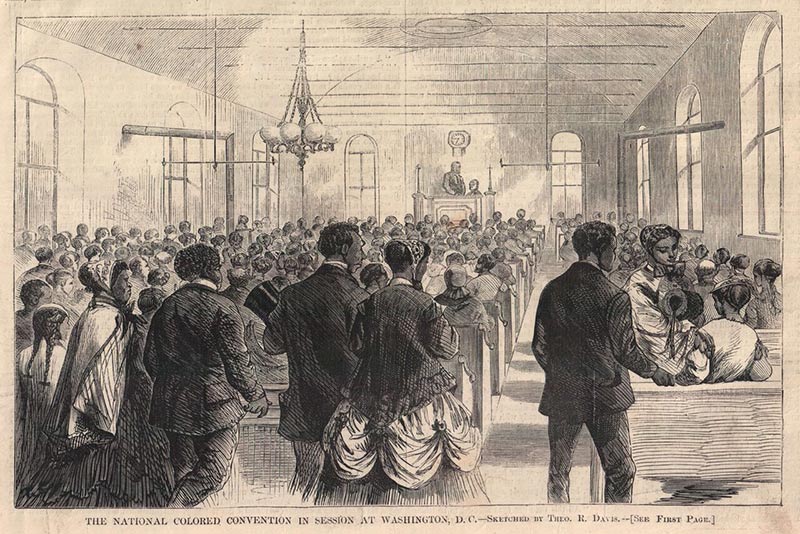
The Colored Conventions were a monumental organizing effort by black people across the country to fight for full citizenship rights. The conventions laid a foundation that the civil rights movement would build on.
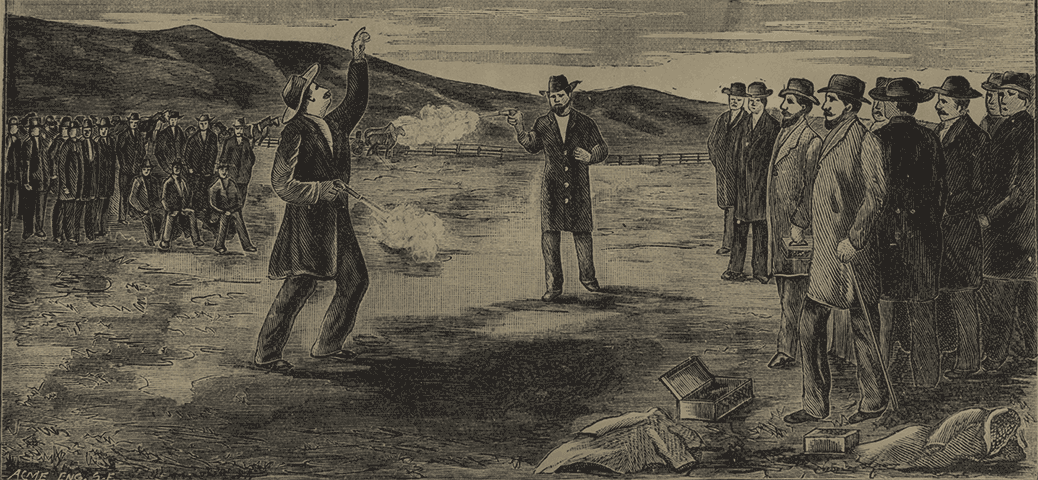
In 1859, an argument about the future of slavery in California led to a deadly duel between two prominent policians.
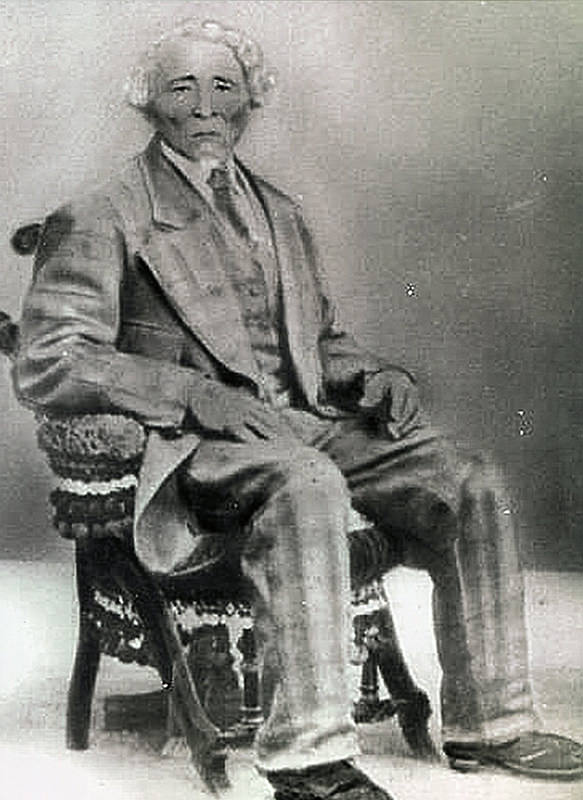
After purchasing his freedom, Edmond Wysinger filed a historic lawsuit that made it illegal for California public schools to ban black students.

A medicine woman of the Tongva nation, Toypurina helped lead a rebellion against Spanish missionaries who invaded her homeland.
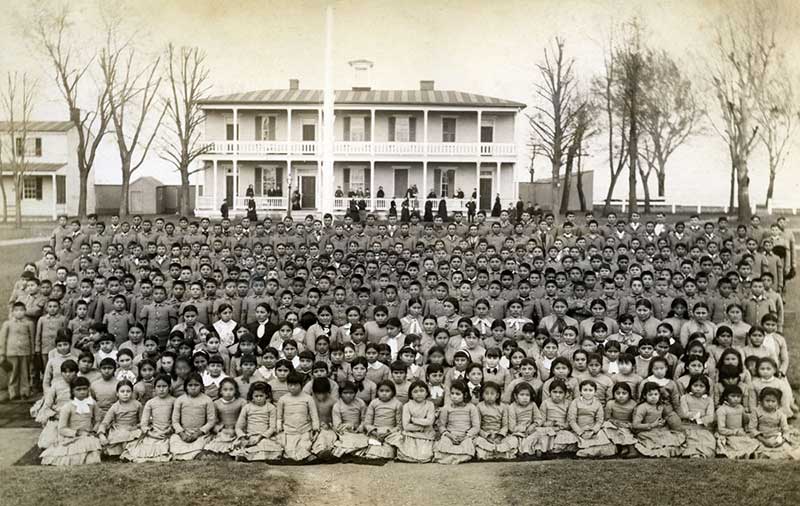
"Kill the Indian...and save the man" was the founding mission of Indian Boarding Schools, a massive government project that warehoused thousands of children in state-run institutions.

After being enslaved and starved by two white cattle ranchers, Pomo tribe members in Clear Lake rose up and killed their captors. In retaliation, government troops slaughtered as many as 200 Native people.
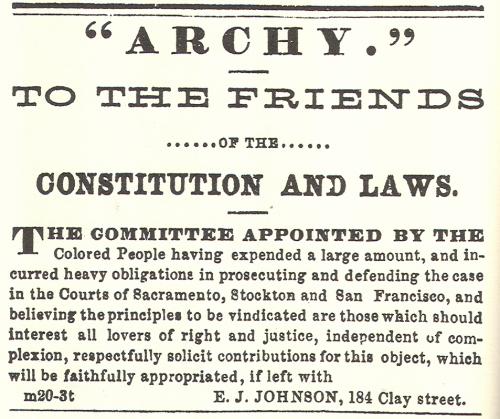
In one of the most celebrated fugitive slave cases in California, Archy Lee, a young black man who had been brought to the state from Mississippi, escaped and waged a successful legal battle for his freedom that went all the way to the federal courts.
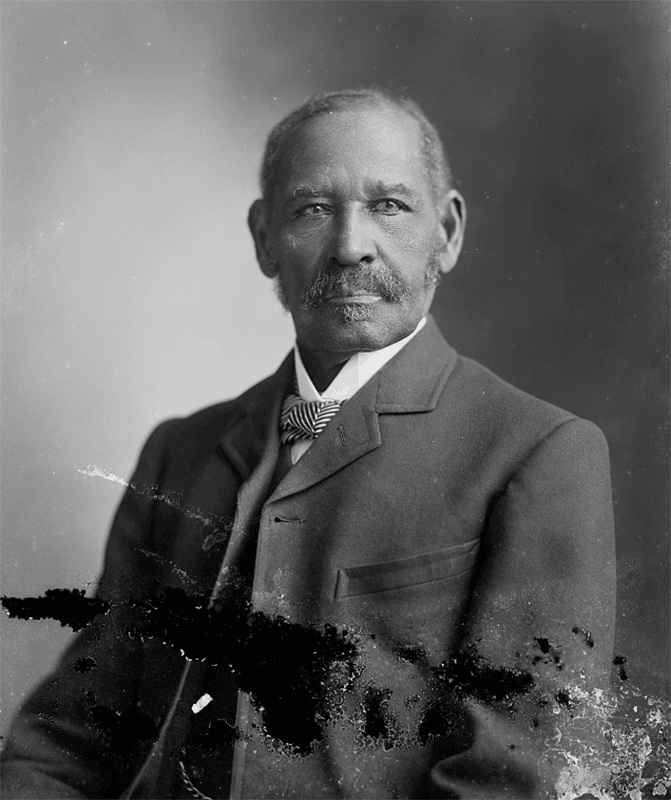
After waging a long battle against California’s anti-black laws, Mifflin Wistar Gibbs, a prominent civil rights activist and entrepreneur in San Francisco, helped lead a migration of several hundred African Americans to Victoria, British Columbia.
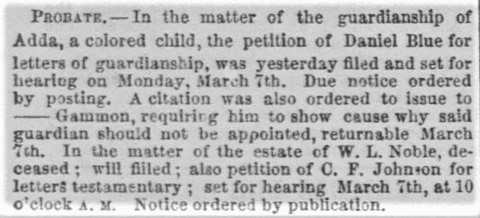
Edith, a 12-year-old Black girl, was rescued from slavery by a free black man named Daniel Blue who went to court to liberate her from the clutches of a white slaveholder. According to historians, Edith’s legal battle is the last known court case involving an enslaved person in California.
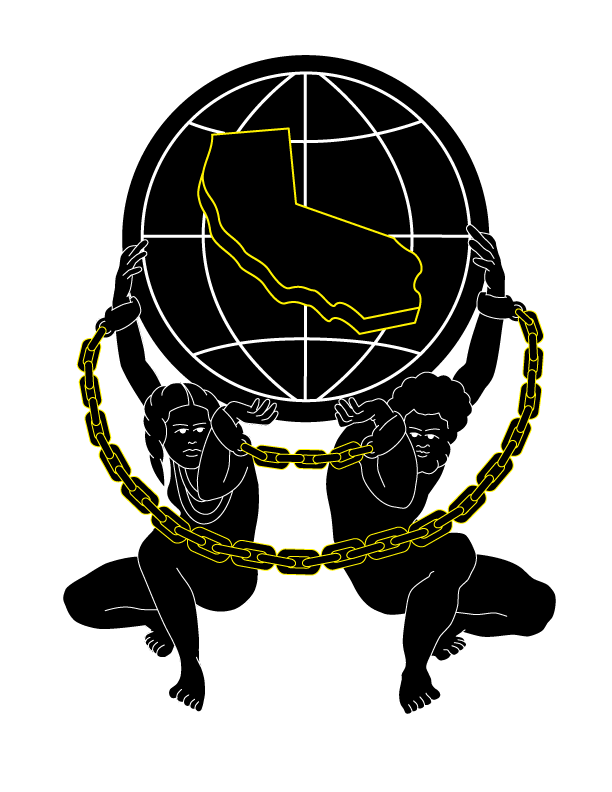
The mission of Gold Chains is to uncover the hidden history of slavery in California by lifting up the voices of courageous African American and Native American individuals who challenged their brutal treatment and demanded their civil rights, inspiring us with their ingenuity, resilience, and tenacity. We aim to expose the role of the courts, laws, and the tacit acceptance of white supremacy in sanctioning race-based violence and discrimination that continues into the present day. Through an unflinching examination of our collective past, we invite California to become truly aware and authentically enlightened.